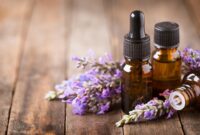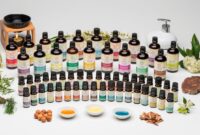Essential oils in candles offer a captivating fusion of aromatherapy and ambiance. Each oil carries unique properties that transform ordinary candles into extraordinary experiences, creating a haven of relaxation, rejuvenation, and sensory delight.
From the invigorating aroma of citrus to the calming embrace of lavender, essential oils in candles elevate the ambiance of any space, inviting you to unwind, revitalize, and indulge in the therapeutic benefits of nature’s essences.
Essential Oils and Their Properties
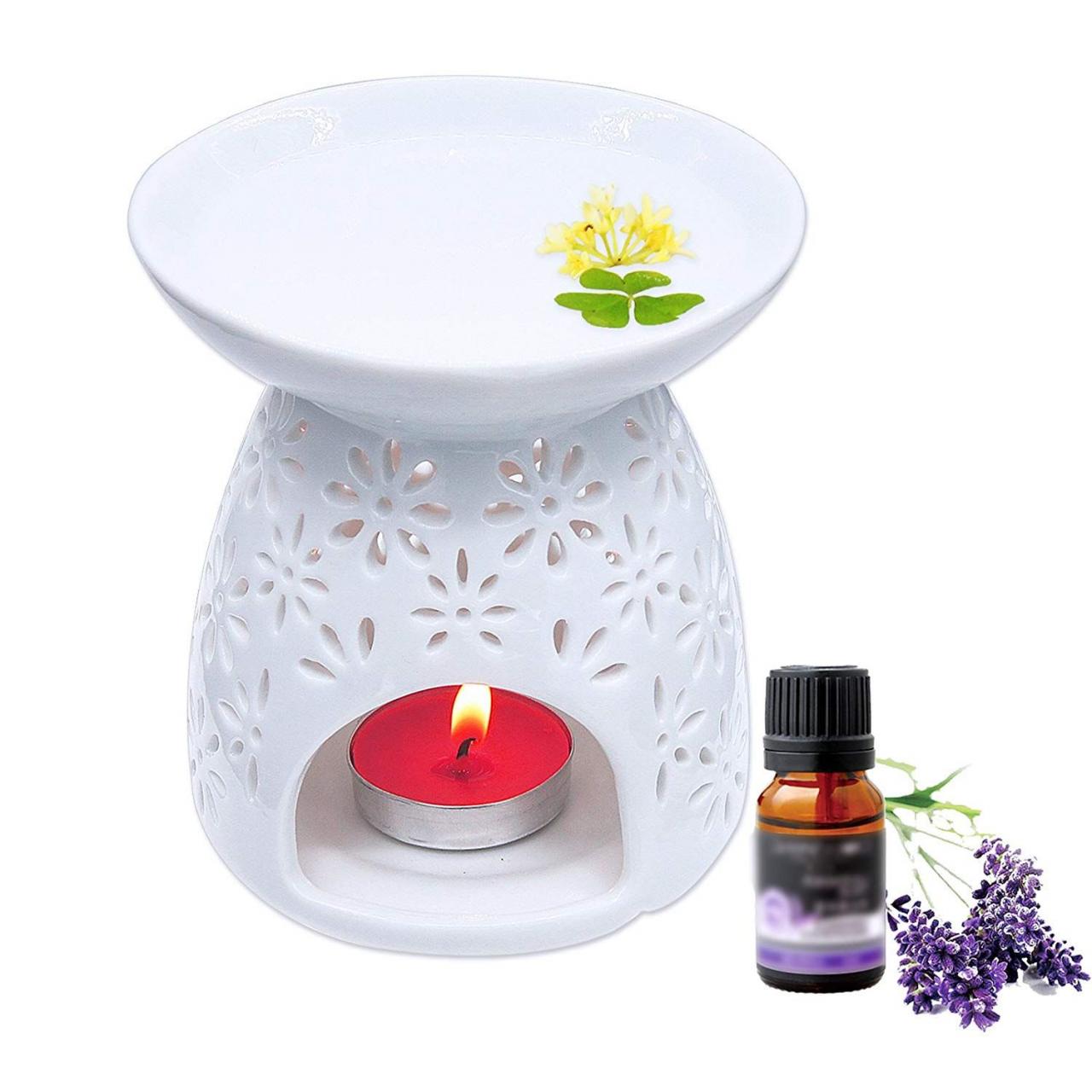
Essential oils are natural compounds extracted from plants that capture their characteristic scents and therapeutic properties. They are highly concentrated and often used in aromatherapy, candles, and other wellness applications.
The extraction methods used to obtain essential oils significantly impact their quality and composition. Common methods include steam distillation, cold pressing, and solvent extraction.
Common Essential Oils and Their Properties
- Lavender: Known for its calming and relaxing effects, lavender oil has a sweet, floral scent. It is often used to promote sleep, reduce stress, and soothe skin irritations.
- Peppermint: With its invigorating and refreshing aroma, peppermint oil is known for its stimulating properties. It can help improve alertness, relieve headaches, and promote digestion.
- Eucalyptus: Eucalyptus oil has a strong, medicinal scent that is commonly used for respiratory support. It can help clear congestion, reduce inflammation, and boost the immune system.
- Tea Tree: Tea tree oil possesses antibacterial and antifungal properties. It is often used to treat skin infections, acne, and other skin conditions.
- Lemon: Lemon oil has a bright, citrusy scent that is known for its uplifting and energizing effects. It can help improve mood, reduce stress, and support digestion.
Safety Considerations
While essential oils offer numerous benefits, it is important to use them safely. Some oils can be toxic if ingested or applied directly to the skin. It is always recommended to dilute essential oils with a carrier oil, such as jojoba or coconut oil, before topical use.
Pregnant women, individuals with sensitive skin, and those with certain medical conditions should consult with a healthcare professional before using essential oils.
Benefits of Using Essential Oils in Candles
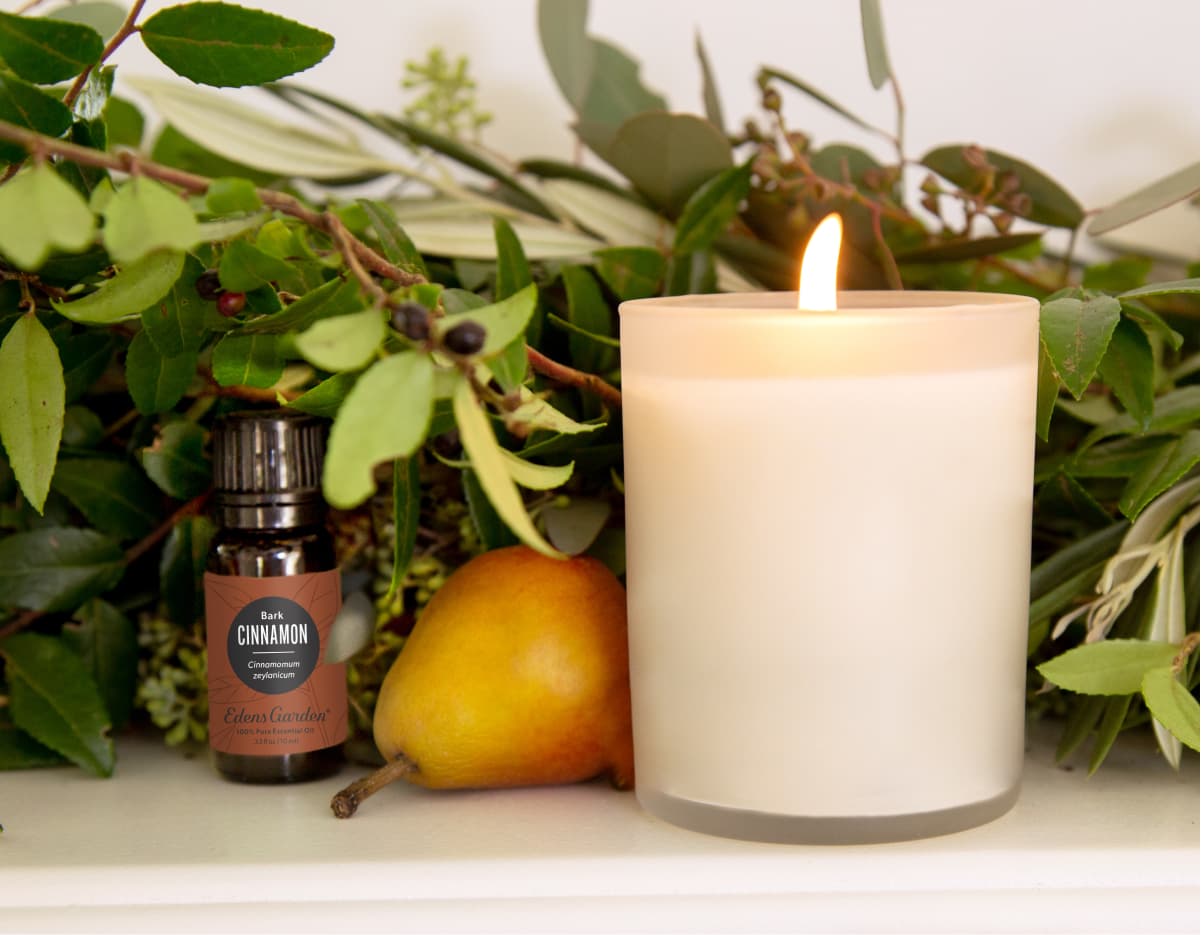
Essential oils are natural extracts derived from plants that possess therapeutic properties. When incorporated into candles, these oils release their aromatic compounds into the air, creating a multitude of benefits for the mind and body.
Creating a Relaxing and Calming Atmosphere
Certain essential oils, such as lavender, chamomile, and bergamot, have calming and sedative effects. Their soothing aromas help reduce stress, anxiety, and promote relaxation. Candles infused with these oils create a tranquil atmosphere, perfect for unwinding after a long day or preparing for a restful night’s sleep.
Enhancing Mood and Reducing Stress
Essential oils like citrus, peppermint, and rosemary have invigorating and uplifting properties. Their refreshing scents can help improve mood, boost energy levels, and reduce feelings of stress and depression. Candles containing these oils are ideal for creating a positive and stimulating ambiance in any room.
Purifying the Air and Eliminating Odors
Some essential oils, such as tea tree oil, eucalyptus, and lemon, have natural antibacterial and antiviral properties. When diffused through candles, these oils help purify the air, eliminate odors, and create a healthier indoor environment.
Promoting Sleep and Reducing Insomnia
Essential oils like lavender, valerian root, and chamomile have sleep-inducing properties. Their calming aromas help relax the mind and body, promoting restful sleep and reducing insomnia.
Safety Considerations When Using Essential Oils in Candles
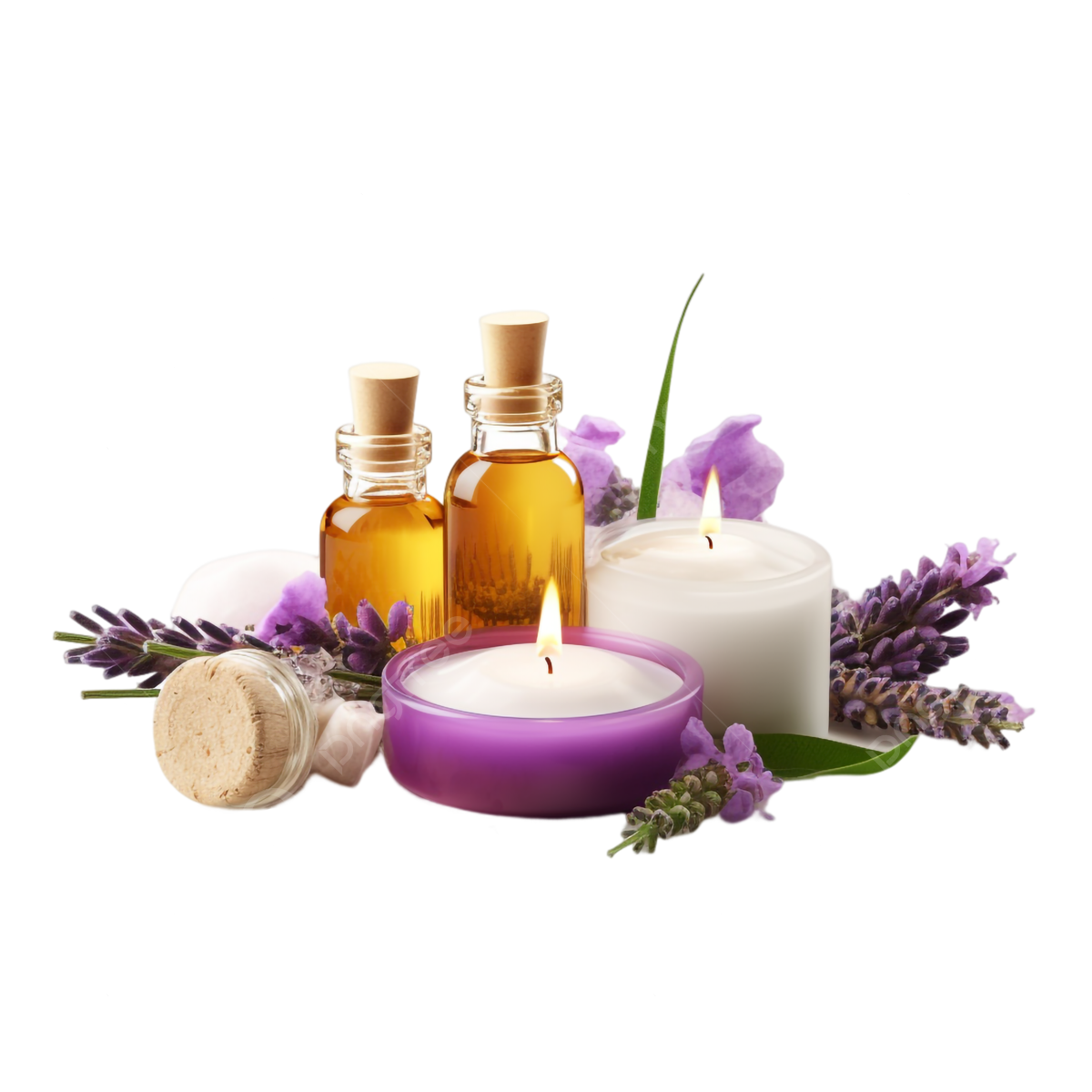
Essential oils, while natural and fragrant, require cautious handling when incorporated into candles. Understanding potential risks and adhering to safety guidelines is crucial to prevent accidents and adverse effects.
Fire Hazards and Proper Ventilation
Essential oils are highly concentrated and flammable. Adding them to candles increases the risk of fire. Always follow recommended dilution ratios and avoid over-saturating the wax. Ensure proper ventilation while burning candles to prevent smoke buildup and potential respiratory irritation.
Skin Irritation and Allergic Reactions
Some essential oils can cause skin irritation or allergic reactions upon direct contact. Conduct a patch test before using any new oil on your skin. Avoid touching the candle flame or melted wax directly, and wash hands thoroughly after handling essential oils.
Interactions with Medications or Health Conditions
Certain essential oils may interact with medications or exacerbate health conditions. Consult with a healthcare professional before using essential oils if you have any underlying medical conditions, are taking medications, or are pregnant or breastfeeding.
Blending Essential Oils for Candles
Creating harmonious and unique scents for candles involves the art of blending essential oils. By understanding the principles of blending and experimenting with different combinations, you can craft candles with therapeutic and aromatic qualities that enhance your living space.
Choosing Compatible Oils, Essential oils in candles
The key to successful blending lies in choosing essential oils that complement each other. Consider the scent profiles, therapeutic properties, and volatility of each oil. Oils with similar scents, such as lavender and bergamot, blend well together. Oils with contrasting scents, like citrus and spice, can create unexpected and invigorating combinations.
Therapeutic Effects
Blending essential oils for candles not only creates pleasant aromas but also offers therapeutic benefits. Certain combinations can promote relaxation, boost energy, or aid sleep. For example, a blend of lavender, chamomile, and ylang-ylang creates a calming atmosphere, while a combination of peppermint, rosemary, and eucalyptus invigorates and clears the mind.
Experimentation
The best way to discover the perfect blend for your candles is to experiment. Start with small batches and adjust the ratios of each oil until you achieve the desired scent and therapeutic effects. Keep a record of your blends to recreate successful combinations and avoid unwanted scents.
Essential Oils and Candle Making Techniques
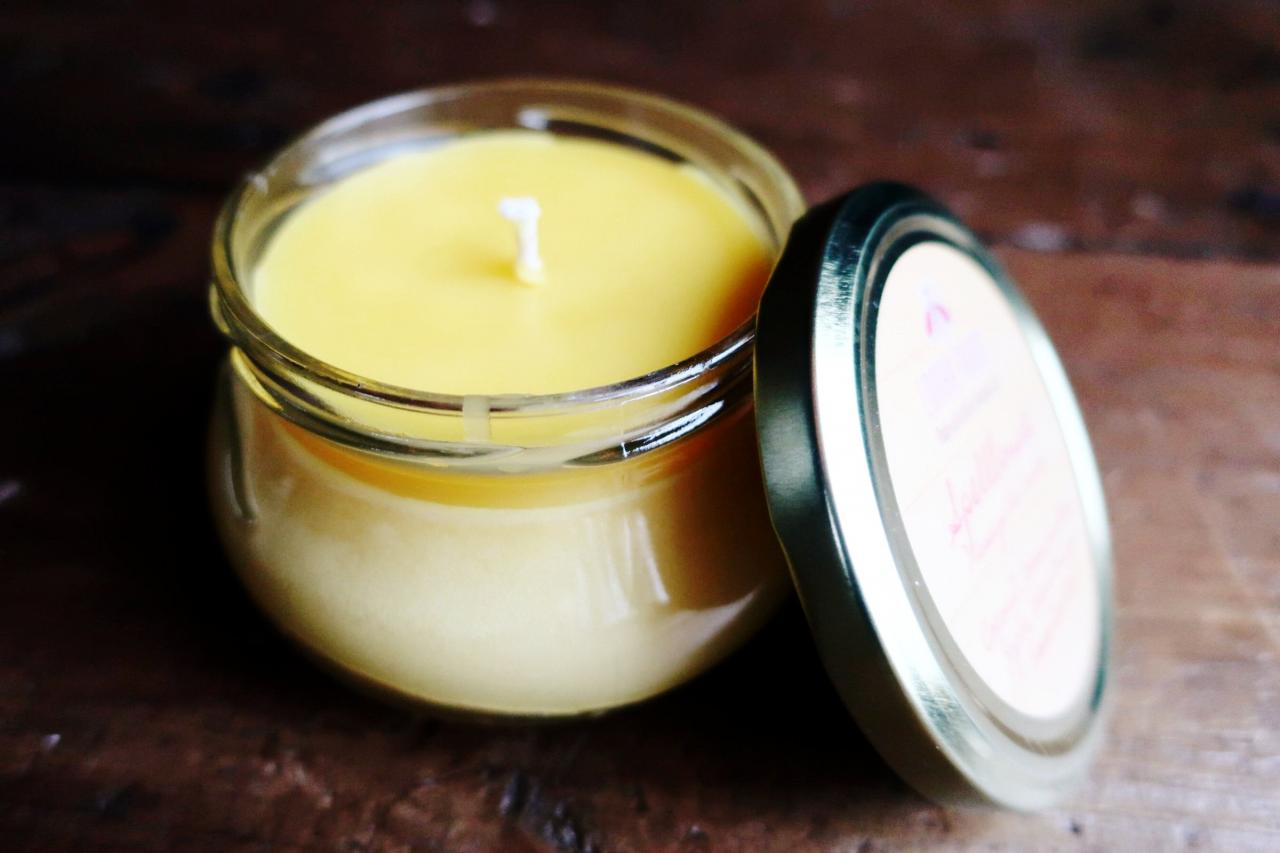
Incorporating essential oils into candles can elevate the ambiance and therapeutic benefits of your homemade creations. Various techniques offer distinct advantages and disadvantages, allowing you to tailor your candles to your specific preferences.
Adding Essential Oils to Melted Wax
This straightforward technique involves adding essential oils directly to melted wax. The heat helps disperse the oils throughout the wax, ensuring an even distribution of fragrance. However, it’s crucial to avoid overheating the wax, as excessive heat can diminish the essential oils’ potency.
Blending Essential Oils with Candle Wax
Blending essential oils with candle wax before melting offers greater control over the final scent. By mixing the oils with a small amount of wax, you can create a concentrated blend that can be added to the melted wax later.
This method allows for more complex and nuanced scents.
Creating Layered Candles with Different Essential Oil Scents
For a visually appealing and multi-sensory experience, consider creating layered candles with different essential oil scents. By pouring layers of wax infused with varying essential oils, you can create a unique candle that releases different fragrances as it burns.
Marketing and Selling Candles with Essential Oils
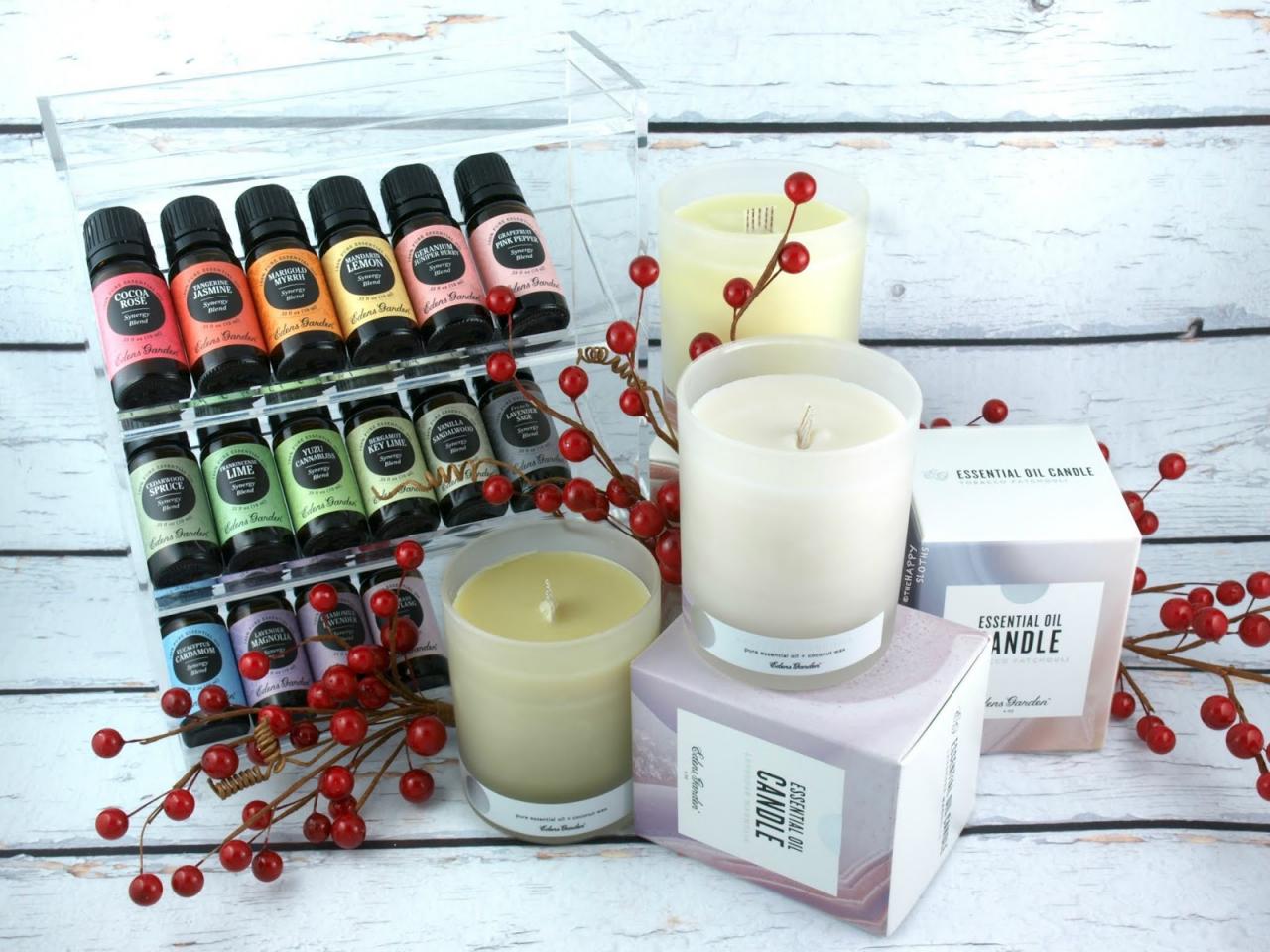
Marketing and selling candles with essential oils requires a well-defined strategy that effectively communicates the unique benefits and features of these products to the target audience.
To achieve success in this endeavor, businesses should focus on identifying their target markets, developing compelling product descriptions and packaging designs, and implementing effective marketing campaigns.
Target Markets
Candles with essential oils cater to a wide range of consumers, including:
- Home décor enthusiasts:Individuals who seek stylish and aromatic additions to their living spaces.
- Wellness seekers:People interested in natural remedies and the therapeutic benefits of essential oils.
- Gift-givers:Those looking for thoughtful and indulgent presents for special occasions.
- Spa and relaxation enthusiasts:Individuals who value creating a soothing and rejuvenating ambiance.
End of Discussion
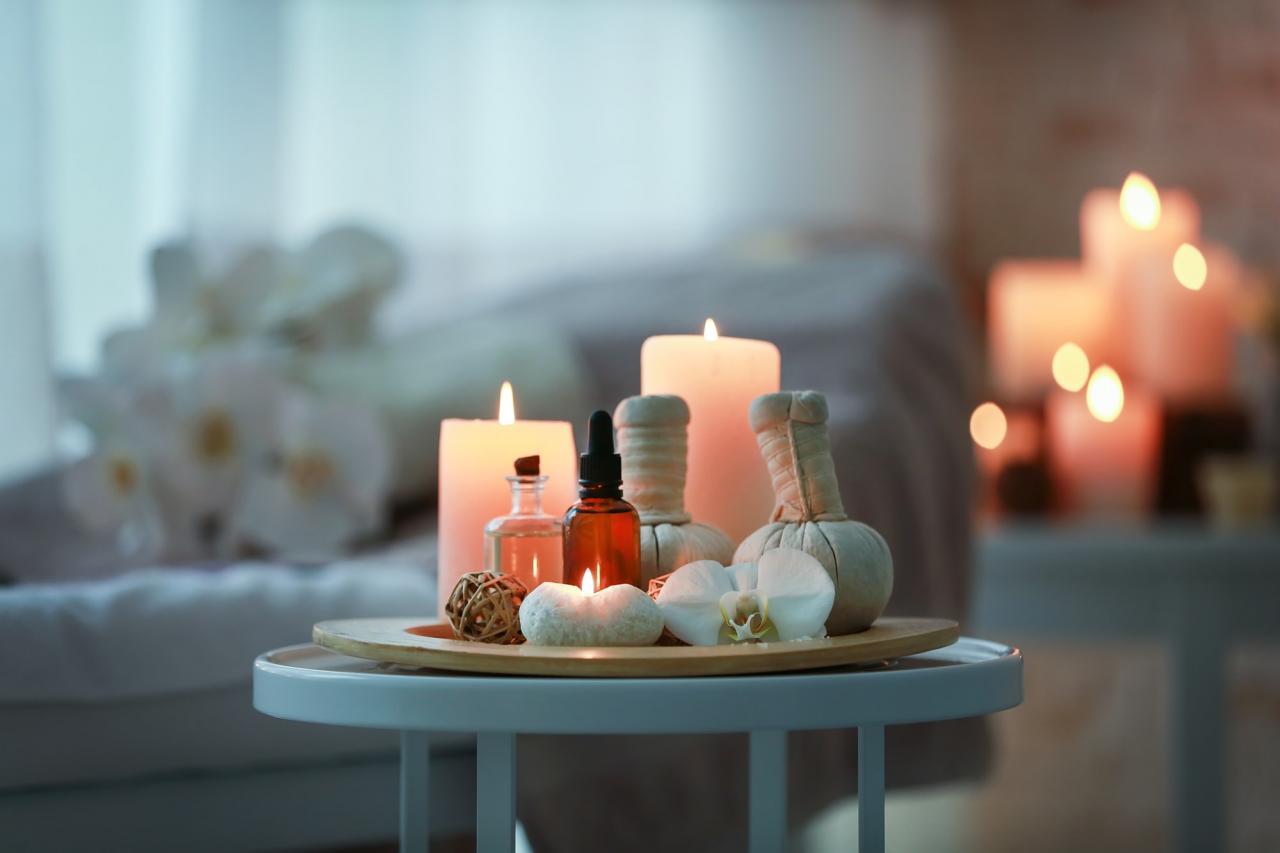
Incorporating essential oils into candles unlocks a world of possibilities, where scents become therapeutic allies and candles transform into beacons of well-being. Whether seeking relaxation, mood enhancement, or air purification, essential oils in candles offer a holistic approach to elevate your living spaces and nurture your身心健康.
FAQ Corner
Are essential oils in candles safe to use?
Yes, essential oils in candles are generally safe when used correctly. Follow recommended dilution ratios and ensure proper ventilation to avoid any potential risks.
How do I choose the right essential oil for my candle?
Consider the desired mood or therapeutic effect you seek. For relaxation, try lavender or chamomile; for invigoration, choose citrus or peppermint; for air purification, opt for tea tree or eucalyptus.
Can I blend different essential oils in my candle?
Yes, blending essential oils allows you to create unique and customized scents. Experiment with different combinations to achieve your desired therapeutic effects.

